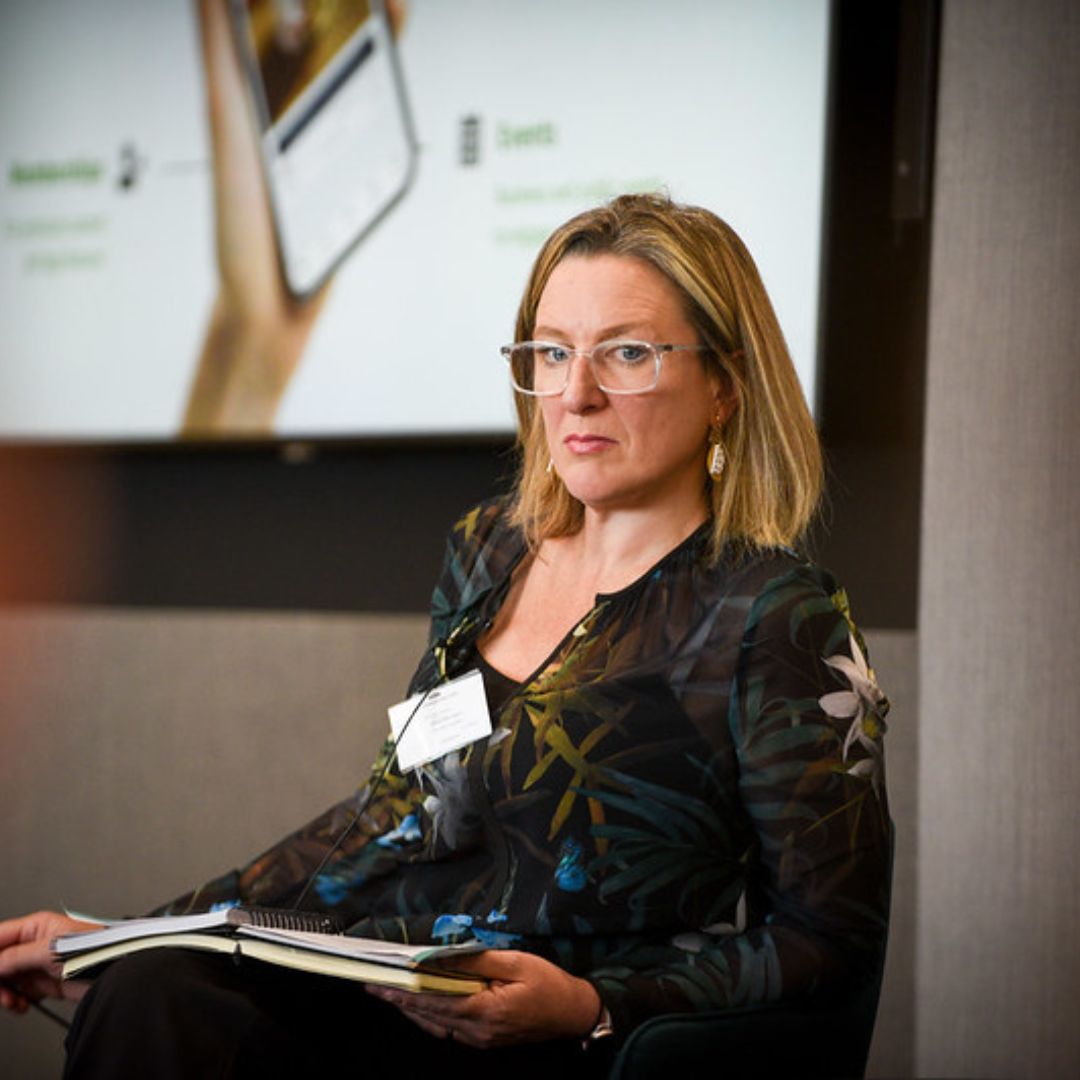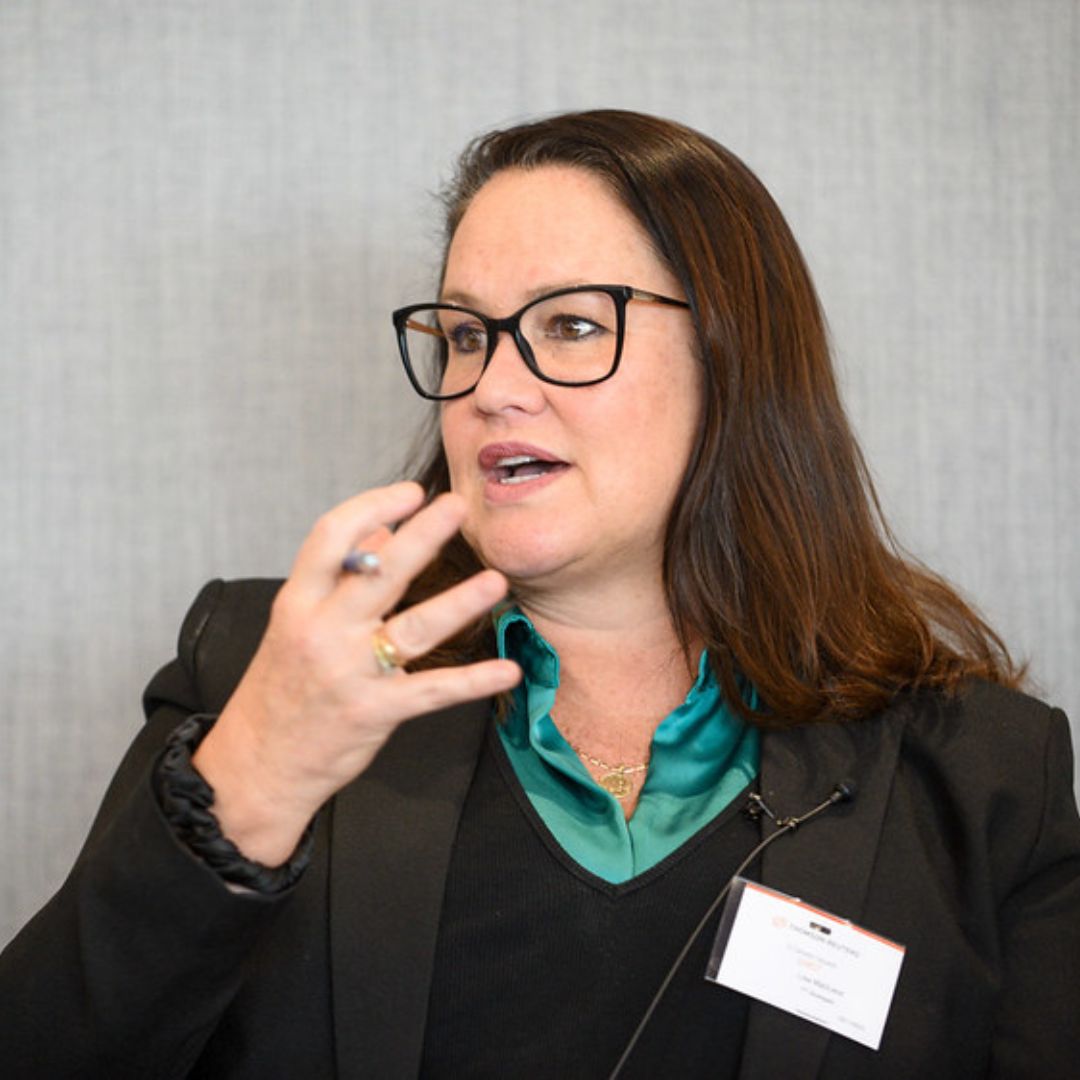
Audiences are becoming increasingly fragmented and scattered. How do news publishers get hold of these elusive audiences and win them over?
Between new formats, hot topics and different approaches to journalism, newsrooms have plenty of options. We asked the experts what will matter next year, and they answered.
Write for people, not for platforms: Sofia Delgado, audience growth director, Metro.co.uk

Audience-first has never resonated as strongly with the business of news as it does today. This is the year we finally stop writing for platforms and algorithms and return to writing for people. Or else.
As gen AI floods the internet, users (or least those we could ever hope to engage) become increasingly vigilant. Big tech may not care as much about the future of journalism as they had led us to believe, but they do care about their user needs and keeping their products relevant. People want quality and expertise from those with lived experiences, so expect to see giants crawling for these signals across your content.
With the help of AI, improved algorithms bring hyper-personalisation on all platforms – and the only way to cut through is to double-down on quality and authority. We will let go generalists in favour of knowledgeable experts, even if that expertise is Taylor Swift.
Competing for speed will cease to be a priority for most, in favour of analysis and stories that deconstruct the key topics, thus serving user needs such as ‘educate me’ and ‘give me perspective’.
More than ever, the bulk of audience work will focus inwards on our own products and direct traffic. Of course, newsrooms will continue to diversify their revenue streams and explore emerging platforms, this time pivoting quickly when it comes to reach but with thorough conversion strategies to funnel any new audiences we may capture along the way.
Oh, and if you had not made data the star of your newsroom already, act now - you will not go far without it.
Podcasts are not going anywhere anytime soon: Dan McLaughlin, editor, Laudable, Reach plc

Instead of being a cool part-time thing the powers-that-be can brag about to their kids, to look relatable, podcasts will forge alliances with video and social media teams to be at the centre of storytelling.
Podcasts should not be seen as just a handy add-on, and a bit of fun. The clever publisher will make it part of its overall package, core to its news output. The clever publisher is already doing that, and the other brighter ones will soon catch up on this.
Some things, of course, remain the same in podcasting, and perhaps will always be eternal: sponsorship is still the golden goose, getting listens is a mysterious and dark art akin to witchcraft, and I continue to be utterly baffled at the titanic success of Joe Rogan.
News publishers have the power to impact policy: Jacqui Merrington, founder The Happy Journalist

Mark Hakansson / Mousetrap Media
Building stronger relationships with readers through apps, newsletters and commenting tools has now become central to most publishers’ audience strategies. For many, that has driven registrations, membership, premium content models or subscriptions, with a trio of legacy publishers in the UK, the Telegraph, Guardian and Financial Times, all passing the 1 million paying subscriber mark, and many others pushing for growth in 2024.
But recent reports from Reuters Institute and FIPP have warned that subscriptions are levelling off. So how do we retain those readers and convince readers that news is worth paying for?
The answer is impact and in 2024 I believe it will start to come to the fore.
We know that journalism has an impact on the communities it serves. Great journalism can have social, political, economic and environmental impacts on a community. It can bring people together, shape democracy, boost businesses and change behaviours. It can make a difference on an individual level, but also on a global scale. But unless it is an exceptional campaign win, like Awaab’s Law from the Manchester Evening News or the Daily Mirror’s success in changing the laws on organ donation, it is often not the primary focus for newsrooms nor audiences because it is not measured.
News organisations also have a vital role to play as the climate crisis becomes a today issue and not a future issue. Shaping the narrative, leading behaviour change, explaining the issues and holding policy makers and businesses to account will become a bigger part of journalism in the future. Measuring the impact of climate journalism on audiences will be critical.
And crucially, impact reporting can help combat news avoidance by encouraging newsrooms to prioritise stories that make a difference to people and communities, which in turn should reverse the trend away from news consumption.
Direct reader relationships will drive profits: Lisa MacLeod, director, FT Strategies

Mark Hakansson / Mousetrap Media
The solutions for publishers will be to pivot from the costly courtship of anonymous browsers to getting to know readers on a one-to-one basis through registration and account creation. The stats tell the story and disintermediating your relationship with your reader is simply not good for business.
Of the cohort of publishers involved in the sustainability study that were "loss making", 57 per cent listed news aggregators as their top or secondary source of traffic. Of those that were "very profitable" only nine per cent selected the same.
Direct relationships with readers drive profitability: 68 per cent of "very profitable" publishers (average profit margin of over 10 per cent) recorded logged-in audiences of more than 7.5 per cent. For comparison, 63 per cent of loss-making publishers recorded 0 - 4.9 per cent logged in audiences. This can be explained by first-party data driving loyalty, reader revenue and an increase in advertising CPM.
Young audiences will be swayed by optimism and solutions: Liesbeth Nizet, managing director, Mather Economics

Solution-focused journalism is a powerful tool for news publishers looking to reconnect with and earn the trust of younger audiences like Gen Z and Generation Alpha.
In a world where news often focuses on negative events, solution journalism cuts through the noise, offering a refreshing perspective that not only identifies challenges but also spotlights potential solutions and inspiring achievements. These examples from the Guardian, The Washington Post, and The New York Times are perfect illustrations. This is exactly what younger generations want – news that is not only informative but also genuine, inspiring, and empowering.
Featuring stories of innovation, progress, and the incredible things people are doing to tackle global challenges, solution journalism offers a ray of hope. It shifts the narrative from gloom to optimism. This is important not just for informing young readers but also for lifting their spirits. It helps create a sense of belonging and effectiveness, making young people feel they are part of the solutions being discussed, rather than being spectators of problems.
This kind of journalism goes beyond the traditional reader-publisher relationship; it builds a relationship based on common values and the shared goal of making the world a better place. As a result, younger people are more drawn to and supportive of news sources that adopt this upbeat and proactive approach.
At a time when trust in the media is low, solution journalism provides a way to rebuild that trust. It opens up new opportunities for monetisation, based on a foundation of trust and a joint effort for positive change. This is not just about reporting news; it is about inspiring a more informed, hopeful, and engaged community.
AI will assist audience work: Farrah Storr, head of partnerships UK, Substack

In the next year, AI is going to revolutionise the way all creatives behave whether they like it or not. Therefore we need to think about how it can best serve us, as writers and culture makers.
Yes, it i depressing that ChatGPT is taking the jobs of skilled writers in newsrooms and editorial offices across the country but there is some good news on the horizon: AI can help individuals build better, stronger, relationships with their readers and create more diverse, personal media empires too. And this is what I think we are going to see a huge surge in.
AI will replace the rote and the replaceable, yes, but it will also superserve those doing smart, original work allowing their work to go deeper and wider.
It means newsletters will become genuine media platforms for their audiences. For example, on Substack, writers can use AI to generate images to accompany their words. They can also use audio transcription tools to transcribe their podcasts almost instantly.
Suddenly the lone writer who strives for originality of thought and cares deeply about quality writing is able to build a more ambitious offering with a much deeper connection to their audience. And those direct connections are something AI can never sufficiently replace.
Stop depending on algorithms to find audiences: Kevin Young, head of audience, The Economist

A hefty chunk of The Economist’s subscribers use our app or receive our newsletters or notifications.
This way we rely less on other platforms' algorithms to serve up our journalism and the importance of such direct communication will grow over the next 12 months, both for us and other publishers.
Free daily newsletter
If you like our news and feature articles, you can sign up to receive our free daily (Mon-Fri) email newsletter (mobile friendly).
Related articles
- How do journalists really want to use generative AI?
- What AI can do for your newsroom: tips from Ring Publishing's latest handbook
- Creating and developing GenAI workflows in the newsroom, with David Caswell
- Ukrainian journalists are at a breaking point. It is time to make a change
- What will your audience want in the future?









